More power. It’s the rallying cry of gearheads regardless of your preferred make or model. By and large, power costs money. But there are relatively cheap ways to increase horsepower most enthusiasts can do themselves.
Searching for more horsepower can quickly lead you down a complicated, expensive and potentially damaging rabbit hole. With that in mind, we limited the following list to what most mechanically inclined people with a free weekend, an open garage stall and a few hundred bucks can perform. Enjoy.
(Relatively) Cheap Ways To Increase Horsepower
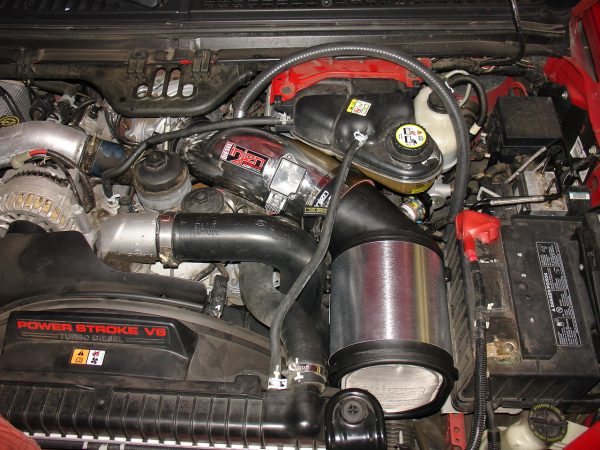
1. Upgrade the Air Intake
Many gearheads start here. For later-model throttle-body systems, upgrading to a cold-air intake is relatively simple and can provide a noticeable horsepower increase.
An engine is essentially an air pump. The more air it takes in, the more power it can put out.
Cold-air intakes help eliminate the sharp bends and restrictive air passages of some stock intakes. Abrupt transitions and sharp edges in the intake create turbulence, which reduces power.
Increased airflow triggers the computer to add more fuel to the fuel/air mix. More fuel/air equals more power.
As the name implies, cold-air intakes draw cooler air from outside the engine compartment. Cooler air is more dense and oxygen-rich, again resulting in the computer increasing the amount of fuel, helping the engine make more power.
For most carbureted/traditional intake configurations, a hood scoop or cowl-induction hood into a high-flow air cleaner is desirable.
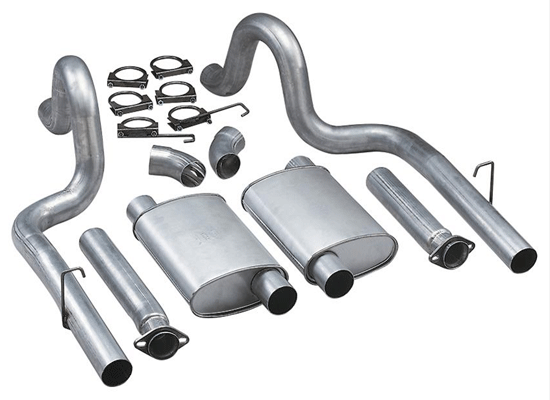
2. Upgrade the Exhaust
More air entering the engine means more air has to exit the engine.
Long-tube or equal-length tube headers will almost always outperform a cast “log-style” manifold. Equally, mandrel-bent tubing (sized to match the performance of your engine) into high-flow mufflers frees up the most flow.
Your system is only as big as its smallest point; tight kinks in the corners will constrict exhaust flow.
While many stock exhaust systems can handle the added air from an upgraded intake, consider upgrading to a cat-back exhaust or high-flow catalytic converter, especially if you’ve already modified your engine to make more power.
A cat-back exhaust includes everything installed after the catalytic converter, including the resonator, exhaust piping and muffler.
It’s typically designed with larger-diameter parts compared to the stock exhaust, allowing greater airflow. Since it includes everything after the catalytic converter, you don’t run the risk of disrupting your vehicle’s emissions system by messing around with the catalytic converter.
Even so, a stock catalytic converter can restrict airflow and reduce power, making it a prime target for an upgrade. A high-flow catalytic converter features larger openings on either end, increasing airflow and power.
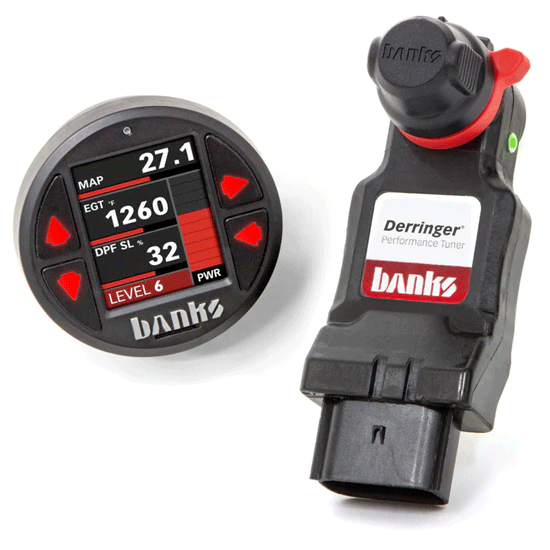
3. Install A Performance Tuner
Often called “chips,” performance tuners plug into the diagnostic port. They modify the fuel and timing maps to increase performance, typically at the expense of fuel economy. Some performance tuners can improve fuel economy, though.
Tuners are especially popular among diesel owners. They’re about the simplest upgrade to install available on the market.
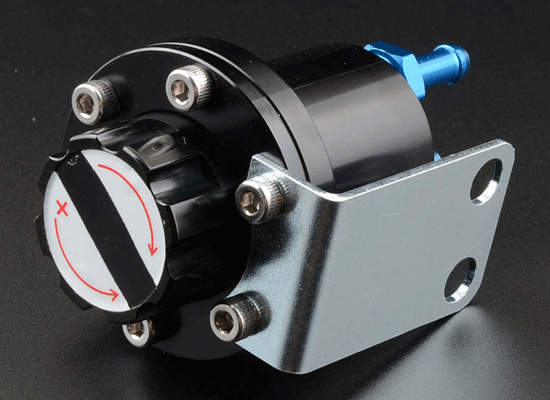
4. Install a Boost Controller
If your engine is equipped with a turbocharger or supercharger, it arrived from the factory to deliver a preset amount of boost, measured in psi.
Installing a boost controller allows you to adjust the boost level produced in the intake manifold. It’s a good idea to install a boost gauge as well so you don’t overdo it. A good rule of thumb is to increase boost no more than 15-20% over the factory setting.
Bear in mind that increasing boost too much will damage your engine. Do your research, be careful and consider reaching out to a professional for guidance.
5. Clean the Fuel System
Cleaning fuel-system deposits optimizes the spray pattern, which improves combustion and horsepower. AMSOIL P.i. Performance Improver offers an inexpensive fix.
In third-party testing using a 2016 Chevrolet* Silverado* with 100,616 miles (161,926 km) on the odometer, AMSOIL P.i.® improved horsepower 14%¹ in just one tank of gasoline, as the graph shows.
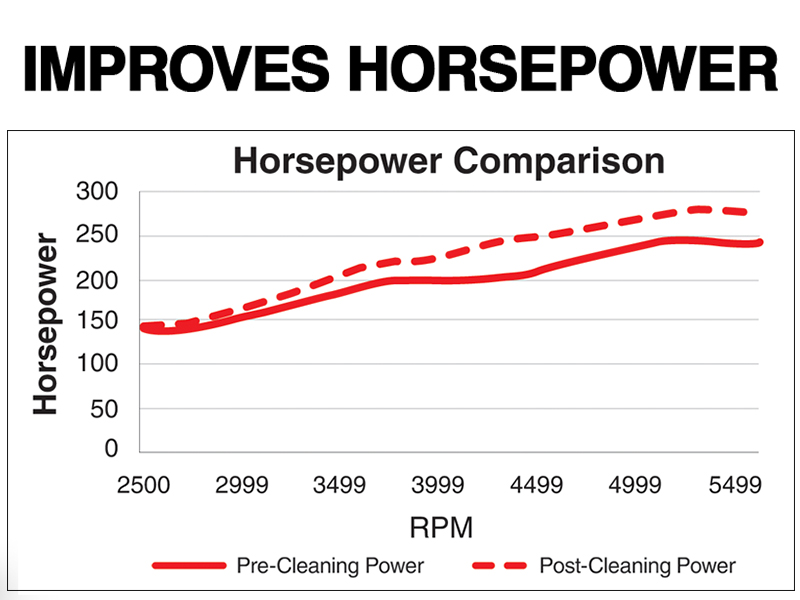
Increasing Horsepower Requires Increased Protection
All this added power and heat can invite engine wear and harmful deposits if your oil isn’t up to the challenge.
Upgrade to synthetic motor oil. While you’re at it, upgrade to synthetic lubricants throughout your vehicle. They offer improved wear protection and resistance to heat. But they also maximize power due to their ability to reduce friction compared to conventional lubricants. Less friction helps maximize power to the ground.
One final word of advice: performing numbers 1-4 on this list can void your warranty, so check your vehicle owner’s manual and proceed with caution.
¹Based on third-party testing in a 2016 Chevrolet* Silverado* 1500, 5.3L V-8 GDI with 100,616 miles, using one tank treated with AMSOIL P.i. Actual results may vary.
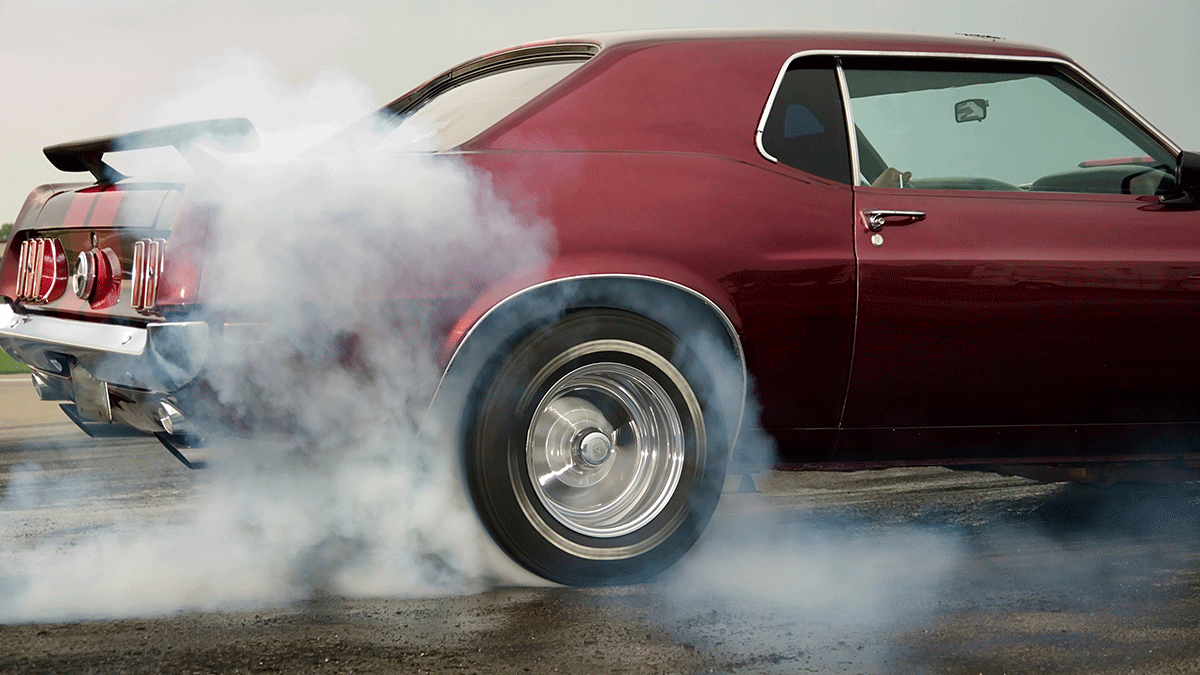

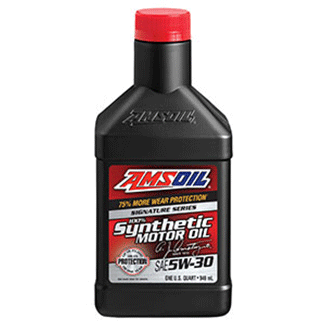
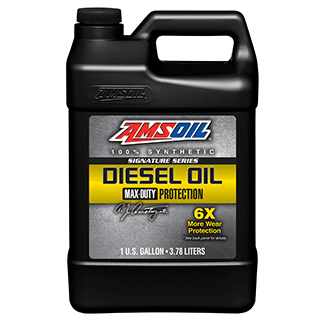
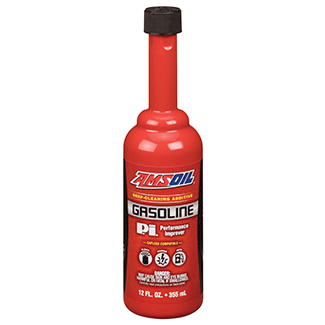


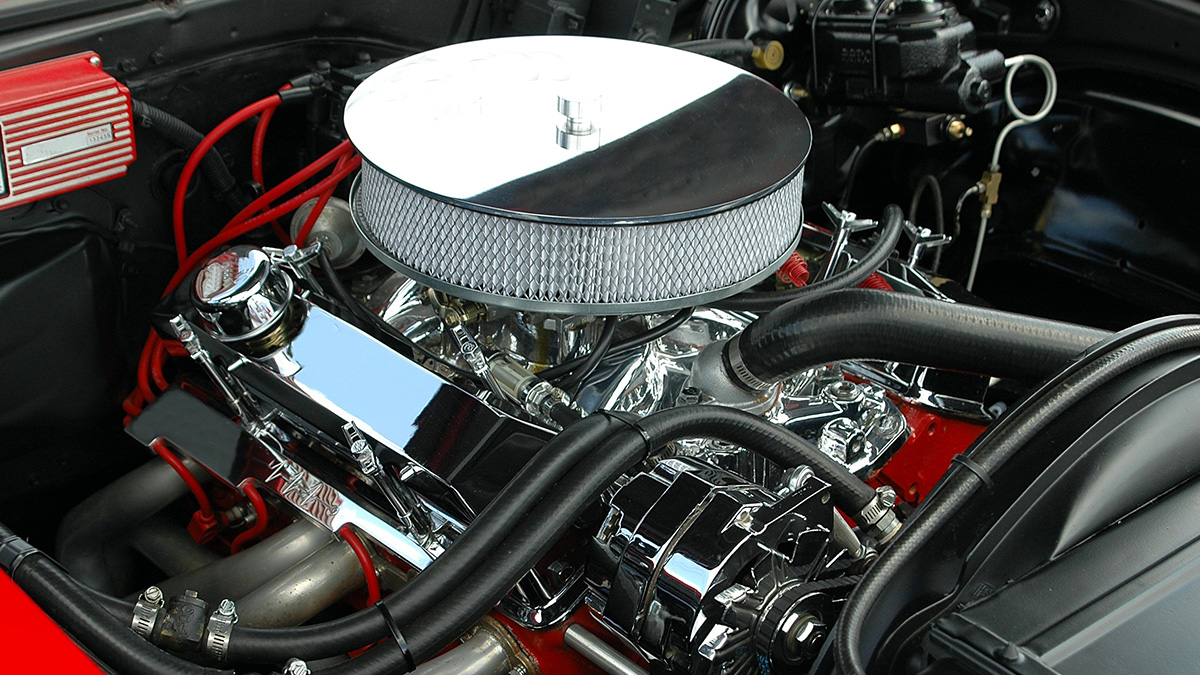

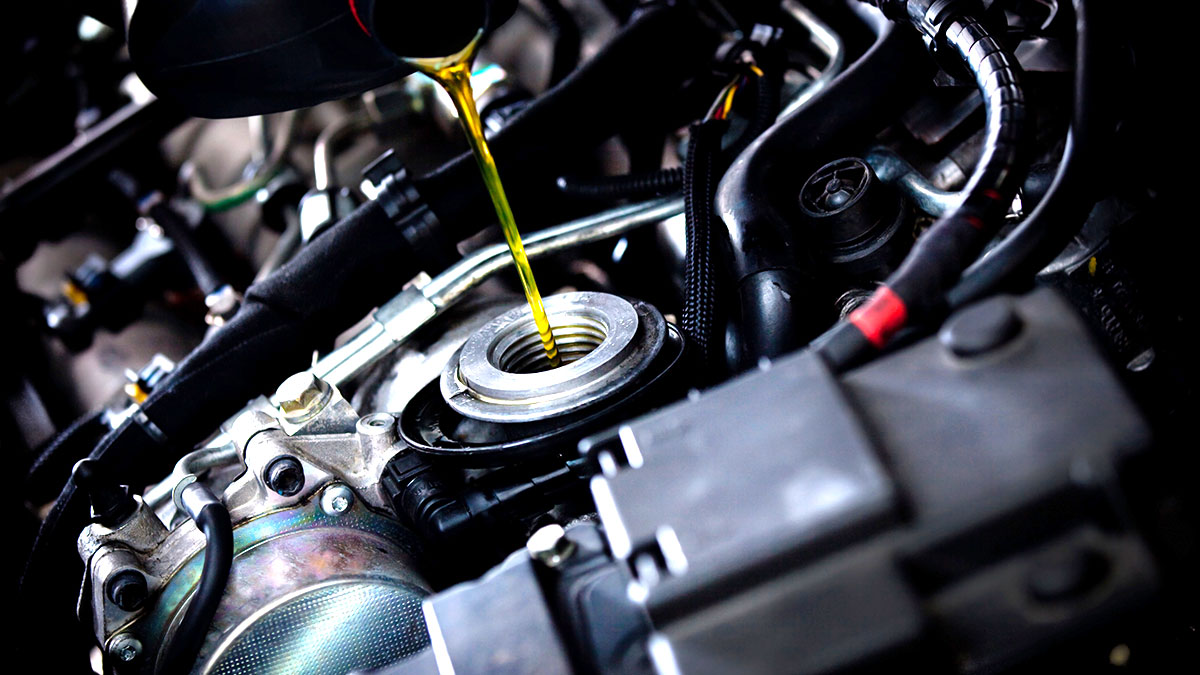
Comments
AMSOIL Technical Writer and avid avid DIYer with 12 years in the synthetic lubricants industry, who enjoys making technical topics in the automotive, powersports and industrial markets easy to understand.
Share: